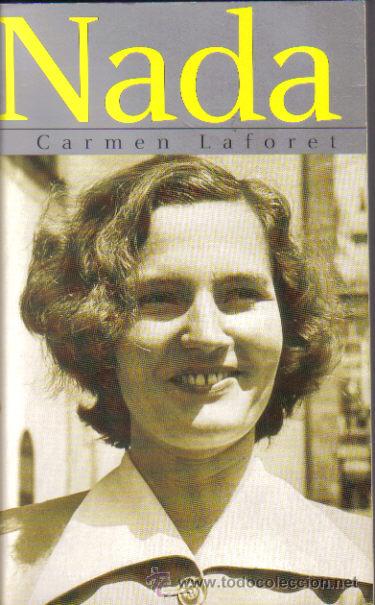

When first published in 1945, this book came out of nowhere. GradeSaver, Web.Home » Spain » Carmen Laforet » Nada (Nada Andrea) Carmen Laforet: Nada (Nada Andrea) Previous Section Literary Elements How To Cite in MLA Format Anonymous "Nada Essay Questions". Will review the submission and either publish your submission or provide feedback. You can help us out by revising, improving and updatingĪfter you claim a section you’ll have 24 hours to send in a draft. Based on the life that Roman engages himself in, dishonesty seems like a plausible assumption of his life. Roman’s life can be argued to have played a significant role in Andrea’s decision to live her family behind and pursue an improved life. When Roman’s dishonest life is brought to the attention of the authorities, he commits suicide rather than face the consequences of his dishonesty and engagement in illegal activities. Additionally, despite being a musician, Roman is unable to facilitate his life and finds himself entangled in a web of illegal activities. The dishonest aspect of Roman is brought to light when Andrea discovers that he had an intimate relationship with a married woman, Eva’s mother. The character Roman in Nada is an epitome of dishonesty. The novel revolves around Andrea’s life after the war, and, as such, the assumption that it is an exploration of post-war life and its effects is befitting. Andrea’s family is contrasted with Eva’s, which is particularly affluent. She is also struggling with university life until later, when Eva’s parents help her out. She and her family are presented as struggling to cope as brought out in the impoverished life that Andrea’s grandmother and relatives live in. After the war, Andrea’s family loses their previously affluent social status, and she is now living at the mercy of government handouts. Written in a post-war era, in particular, after the Spanish war and centered in Barcelona, Laforet explores the theme of war and its devastating effects that are apparent throughout the novel.

Support this statement with illustrations from Carmen Laforet’s novel of the same name. Nada is an exploration of post-war life, including its effects. Written by people who wish to remain anonymous We are thankful for their contributions and encourage you to make your own. These notes were contributed by members of the GradeSaver community.


 0 kommentar(er)
0 kommentar(er)
